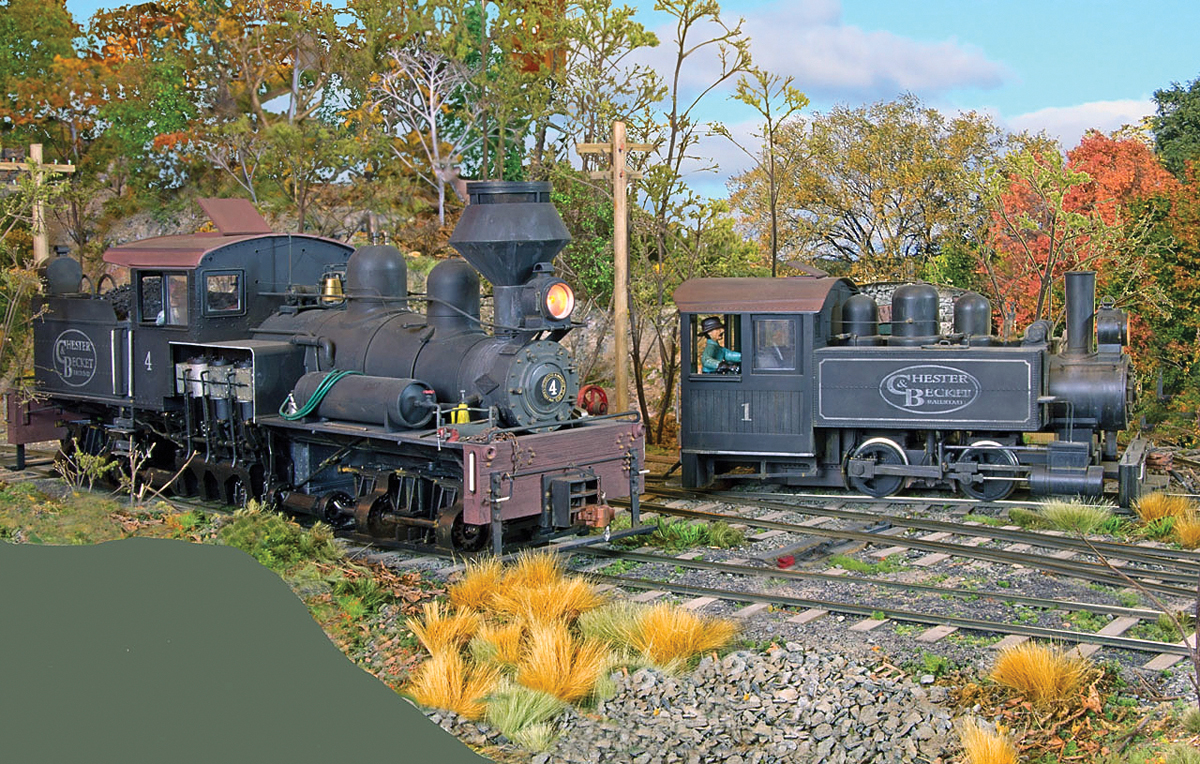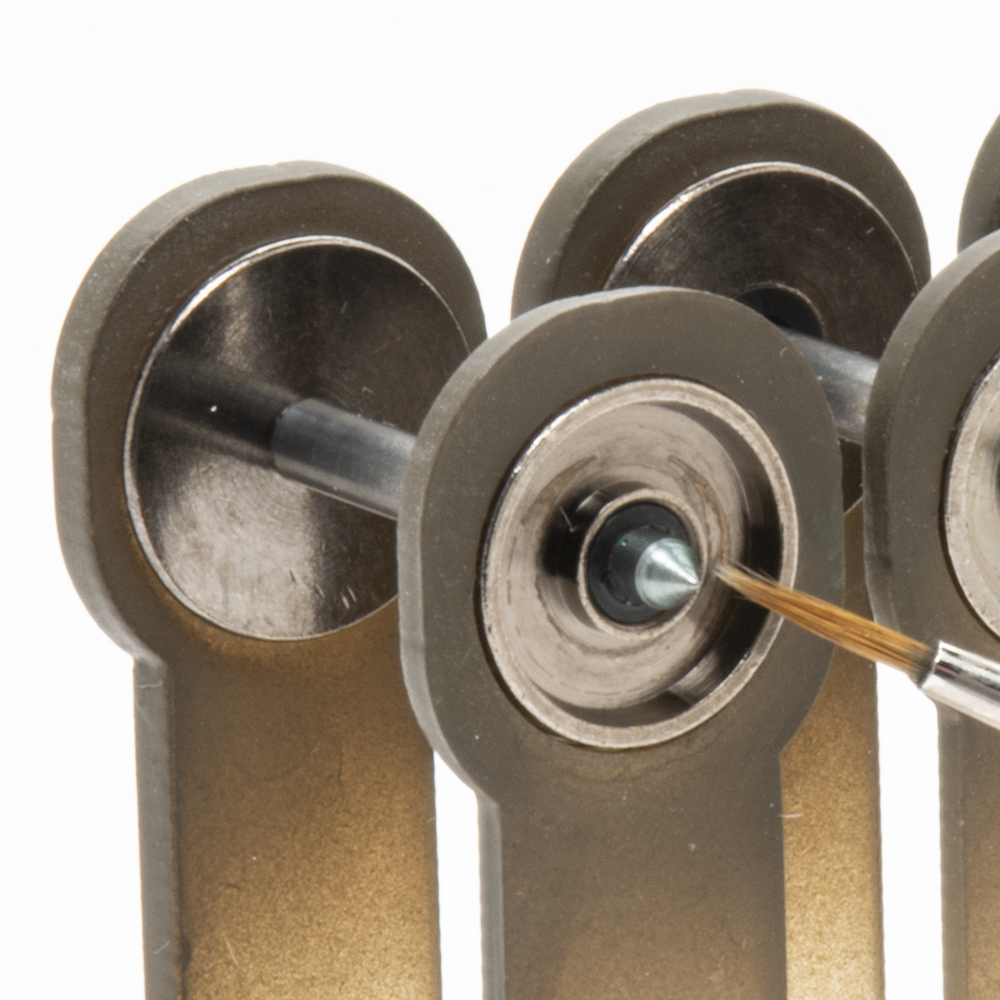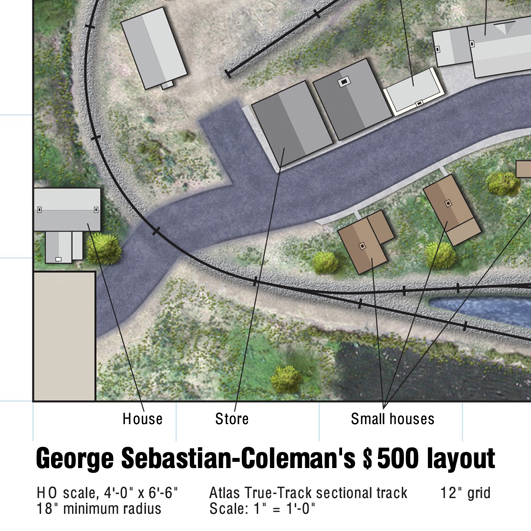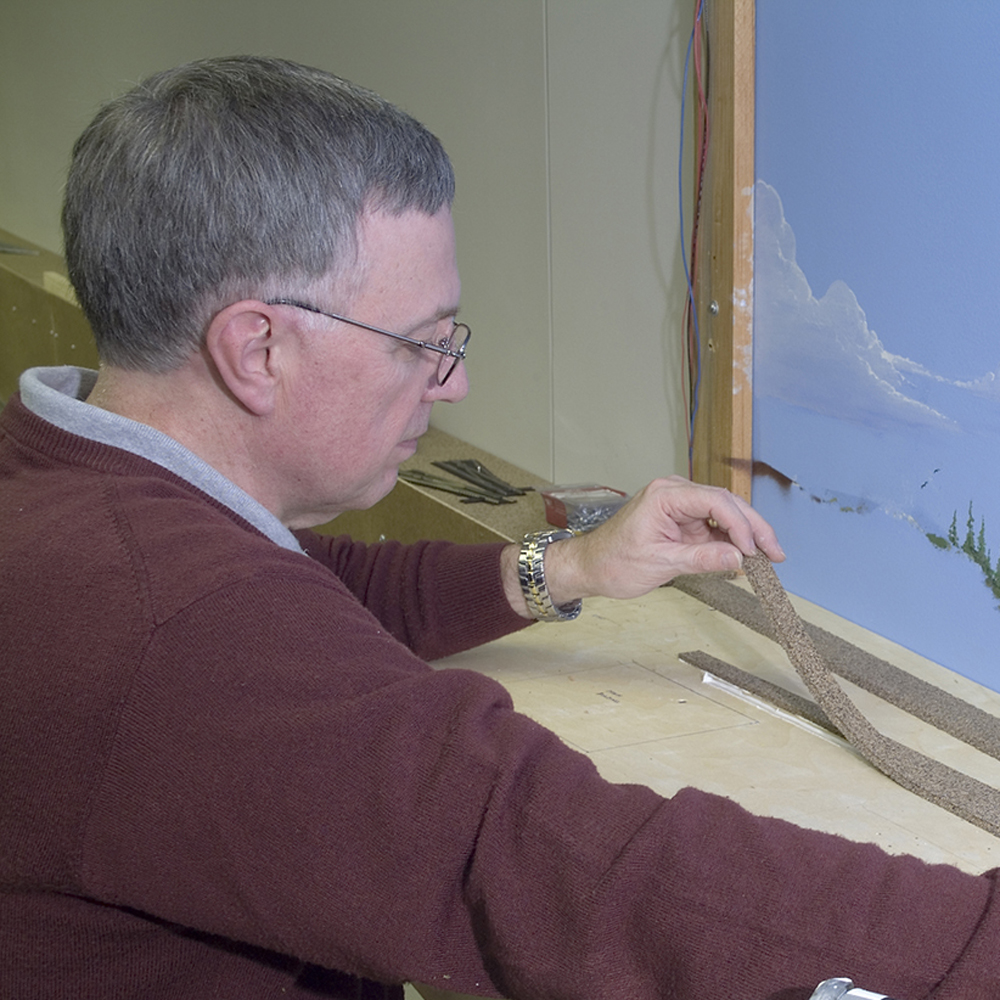Getting started in model railroading can be a daunting task, even for those with experience and knowledge regarding prototype (i.e. real-life) railroading. We’ve been asked in the past what we at Model Railroader consider the “essential” locomotives and rolling stock for beginner model railroaders. Well, that’s a loaded question, one which opens more questions than it answers. For example: What era in railroad history are you modeling? Are you inspired by or interested in a single railroad? Do you plan on incorporating an industry to your layout, and if so, what kind of industry?
Let’s ignore those questions for now, and try to answer the initial question.
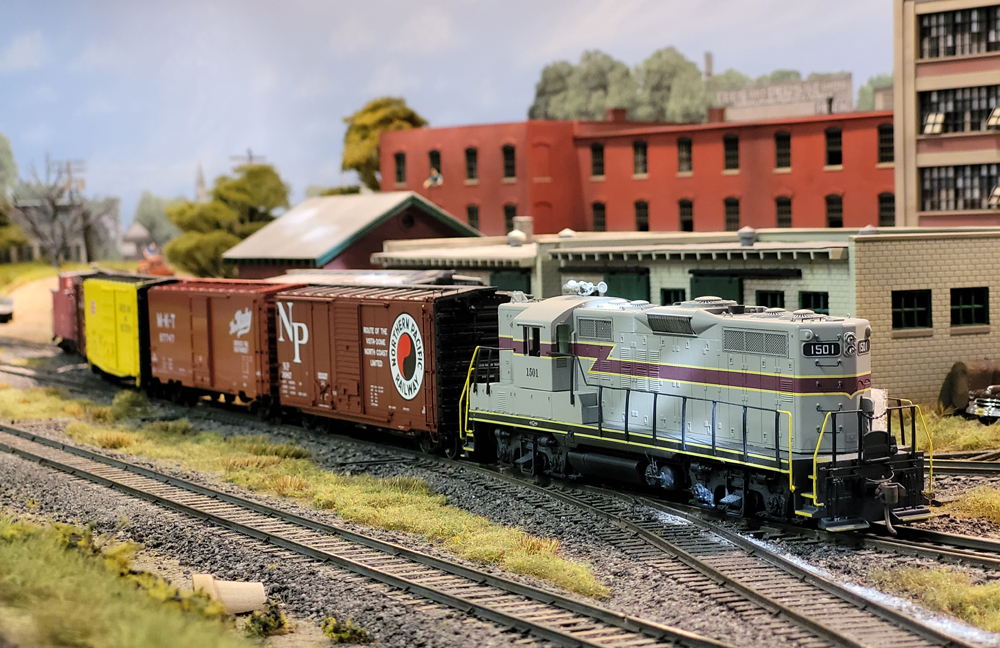
The most common era in model railroading is known as the transition era, where railroads replaced their steam locomotive roster with diesel motive power. In the United States, this era is generally understood to have begun in the early 1940s, and carried into the 1970s, although the range for this varies from country to country (for example, new steam locomotives were still being built in China into the 1990s.) A common reason modelers choose this era is because it offers a wide variety of models that could realistically coexist on their layouts.
An important question for beginner modelers to ask themselves is this: what sort of train am I interested in building? To make this easy, I’ll dramatically over-simplify here and say that there are two types of trains; there are passenger trains, and there are freight trains. This is a reductive view, but from this perspective we can illustrate a clear picture of what a beginner transition-era modeler may need to build a train.
We’ll take a look at two types of trains — passenger and freight — and see what a beginner modeler would need to build a train. In each case, we’ll start with a locomotive, then move on to what comes after the locomotive in the construction of your train. Finally, we’ll summarize the equipment and take a look at what a model train using the aforementioned equipment may look like in action.
Freight trains
Locomotive: Electro-Motive Division GP9 diesel locomotive
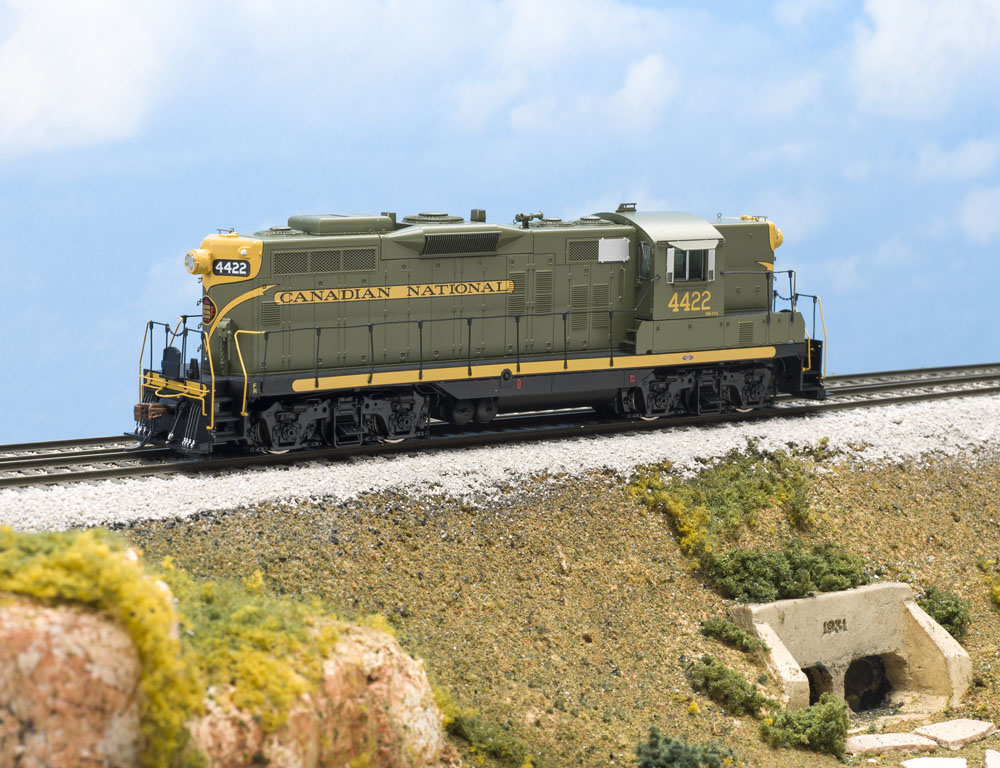
Arguably the quintessential transition-era diesel locomotive. Production began on this popular and powerful diesel locomotive in 1954. Boasting an additional 250 horsepower over its predecessor, the GP7, the GP9 went on to become Electro-Motive Division’s best-selling diesel locomotive at 4,092 units sold. The prevalence of this locomotive has made it a popular model, with many manufacturers offering GP9s with a wide variety of paint schemes and options. Larger manufacturers will, with locomotives as popular as the GP9, offer various levels of detail depending on what a modeler may be looking for. Manufacturers offering EMD GP9s include Walthers, Athearn, American Z Line, and others.
Click here to watch Model Railroader‘s Cody Grivno review the Rapido Trains HO scale GP9RM!
Boxcar: Pullman-Standard PS-1
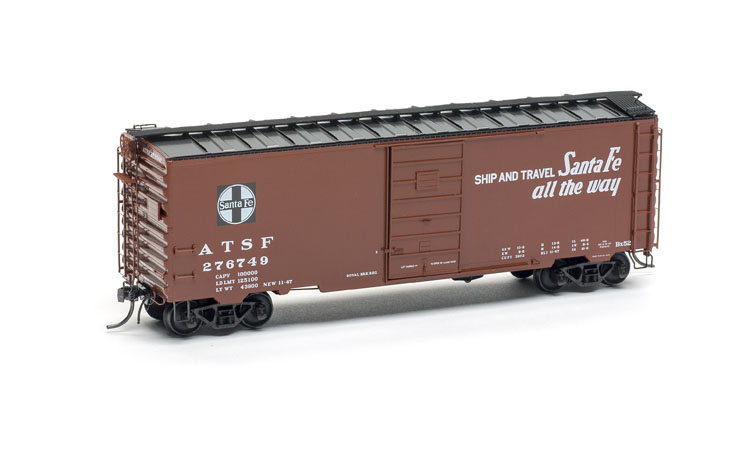
The Pullman-Standard PS-1 is arguably the most prolific boxcar ever manufactured. This boxcar saw widespread use from its inception in 1947, and across its manufacturing lifespan, which lasted until 1962, over 100,000 boxcars rolled off the assembly line. The PS-1 was used to haul all kinds of freight over long distances, and was a staple of freight rosters across the country. Modelers have a wide variety of PS-1 boxcar manufacturers to choose from, including ScaleTrains, Atlas, Tangent Scale Models and more.
Click here to watch Model Railroader‘s Cody Grivno review the Tangent HO scale 40-foot PS-1 boxcar!
Caboose: Center cupola caboose
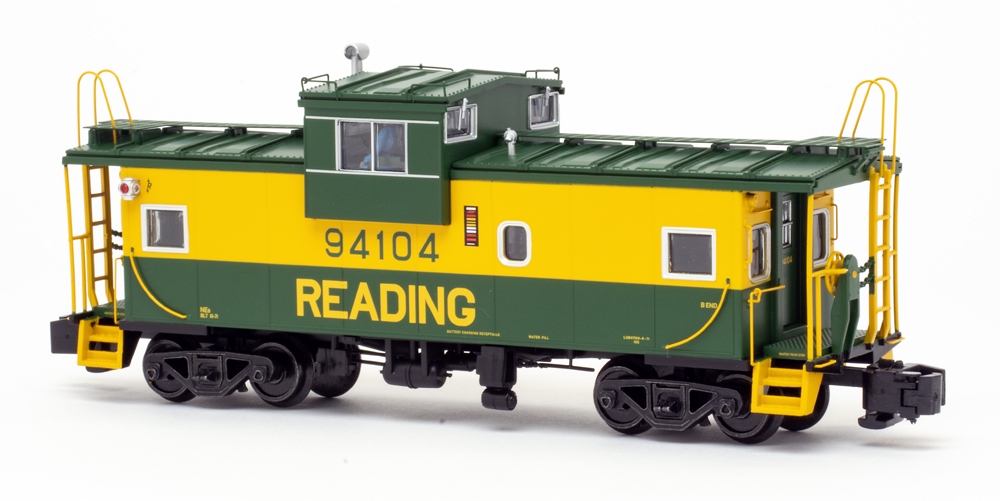
Cabooses are quite different from locomotives and freight cars in that cabooses, more often than not, were railroad-bespoke. While locomotives and freight cars were made by an independent manufacturer and sold or leased to railroads, cabooses were commissioned and designed by railroads in collaboration with manufacturers. Cabooses were used to move railroad workers in a more comfortable environment than, say, riding a freight car. Cabooses also served as offices and living quarters for conductors and brakemen. Their specifications varied depending on where they were in use. For example, you’d likely not see a caboose outfitted with a wood burning stove in Florida, but it would be essential in Wisconsin to keep crews warm in the cold winters. Some railroads would build their cabooses in house, and others would convert unused freight cars into cabooses.
For this reason, there is no single design which is to the caboose as the GP9 is to the locomotive or the PS-1 is to the boxcar. The closest analogue is the center cupola caboose, but broadly, cabooses are considered modeler’s choice. If you’re basing your layout off of a prototype, do some research and see if you can identify a “house style” for cabooses. Otherwise, find a style or scheme which speaks to you and go with it. Here, I’m reminded of a mantra often repeated in the offices of Model Railroader: “It’s your layout.” That means that what you decide for your layout goes, whether or not it’s “prototypical” in the strict sense of the word.
Center cupola cabooses are available from many model railroad manufacturers and distributors, including Atlas, Bachmann, and Bowser.
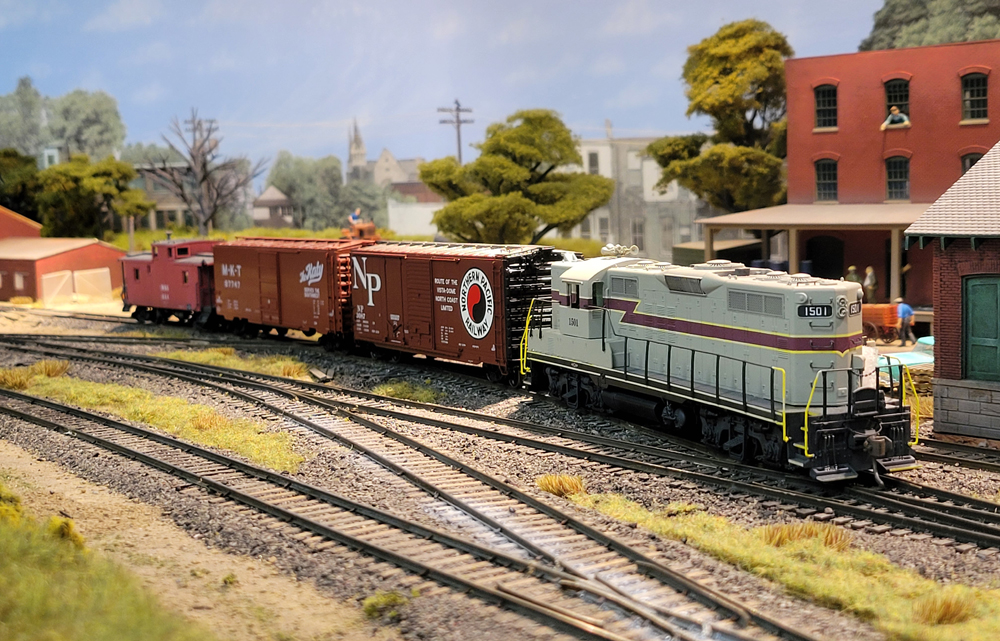
So let’s summarize: The “typical” freight train in the steam-to-diesel era, to the extent that such a thing exists, would look like this — An EMD GP9 pulling some PS-1 boxcars, followed by a center cupola caboose.
Passenger trains
Locomotive: Electro-Motive Division F-7 diesel locomotive
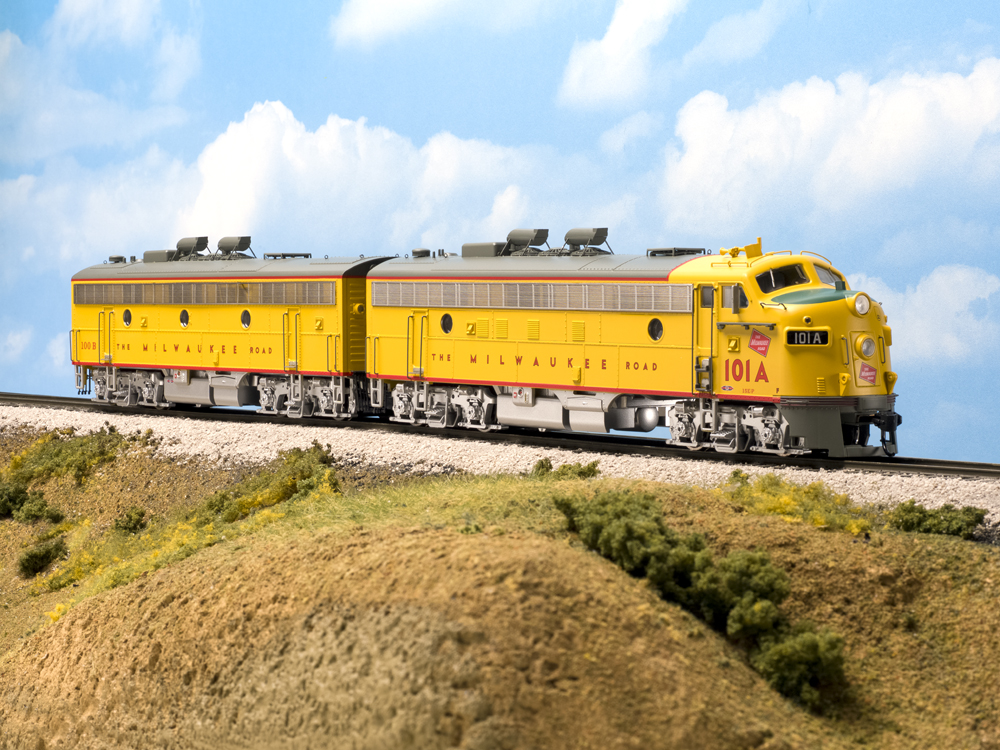
The EMD F-unit series of locomotives are iconic. To say anything less of them would be to sell them short. These streamlined locomotives, which began in 1939 with the FT, and carried on until 1960 with the FL9, were used widely across both freight and passenger services. The most prominent model of this family of locomotives was the F7, of which EMD sold 3,849 units from 1949 to 1953. Only the aforementioned GP9 and EMD’s SD40-2 have outsold the F7.
These handsome locomotives epitomize the power and elegance of mid-century streamlined passenger services. Coupled with Budd streamlined passenger cars (we’ll get to those), the F-units really did look like the future. A brilliant meeting of form and function, the F7 boasted 1,500 horsepower, as did its predecessor the F3.
A great many F-7s are available to modelers from a great many manufacturers and distributors. Options include Kato USA, Broadway Limited Imports, Walthers, and others.
Passenger Cars: Budd streamlined cars

What do you pair with a streamlined locomotive? Streamlined passenger cars, of course. In this category, Budd was one of the most prominent manufacturers of the era. The Budd Co. was the youngest of the three prominent streamliner manufacturers (Pullman-Standard, American Car & Foundry, and Budd), but unlike ACF and Pullman, Budd never built any freight cars, instead opting to focus solely on passenger equipment.
The streamlined passenger car is not a single unit, but rather an aesthetic applicable across multiple types of cars. There were streamlined coach cars, baggage cars, café cars, dome cars, and observation cars, among other styles.
Streamlined passenger cars, like their locomotive counterpart, are available from a wide variety of manufacturers and retailers, including Rapido, Bachmann, and Walthers.
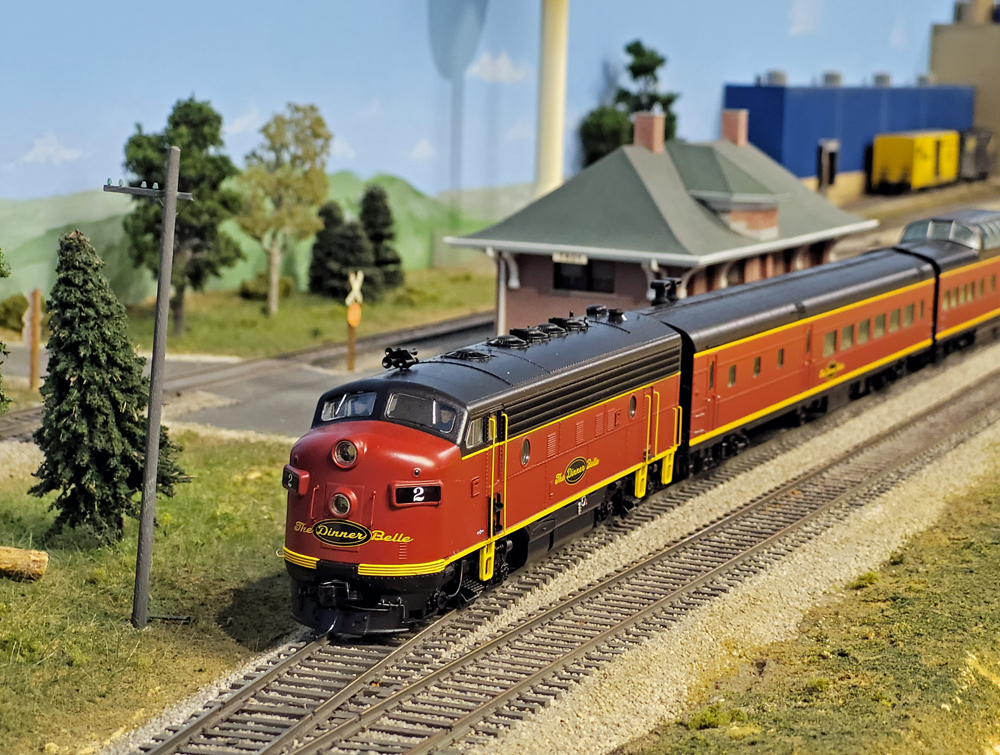
To recap: a transition-era passenger car might look something like this — an EMD F-7 locomotive pulling an assortment of Budd streamlined passenger cars.
So: What are the essential locomotives and freight cars for beginner modelers interested in the transition era? Well, that depends on your model railroading interests. Hopefully, though, the preceding information helps you to build your first transition era train and begin your model railroading journey.






